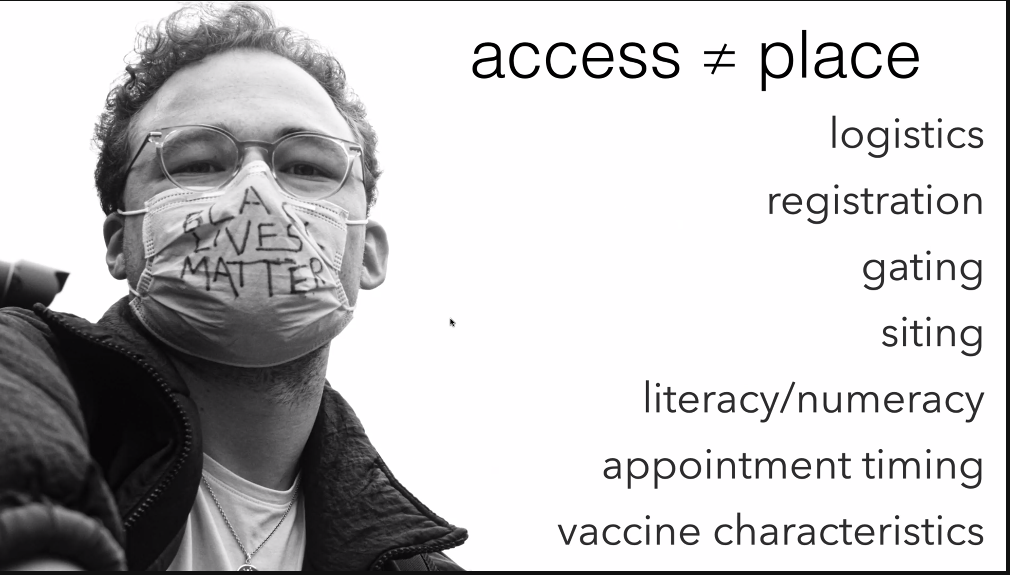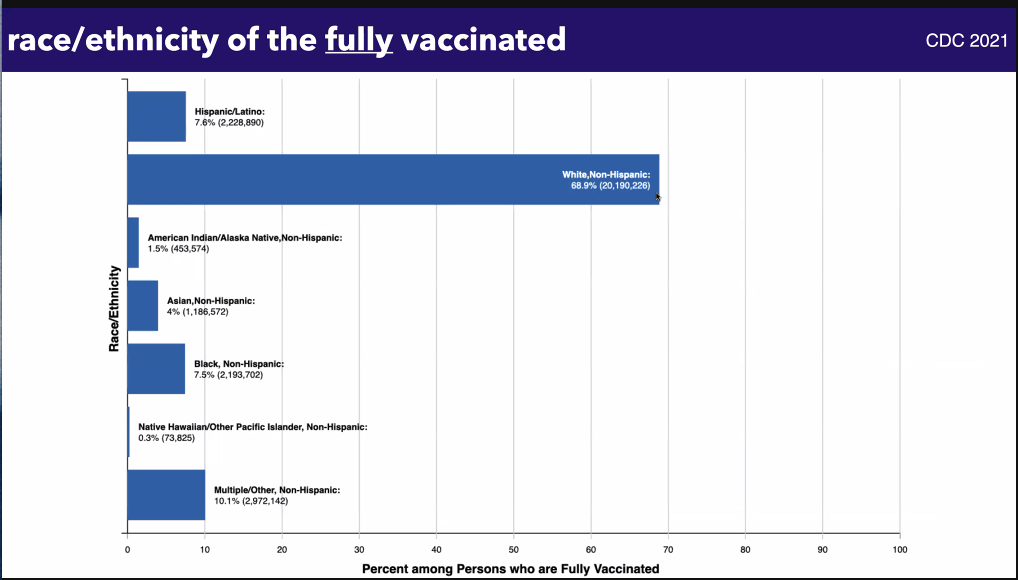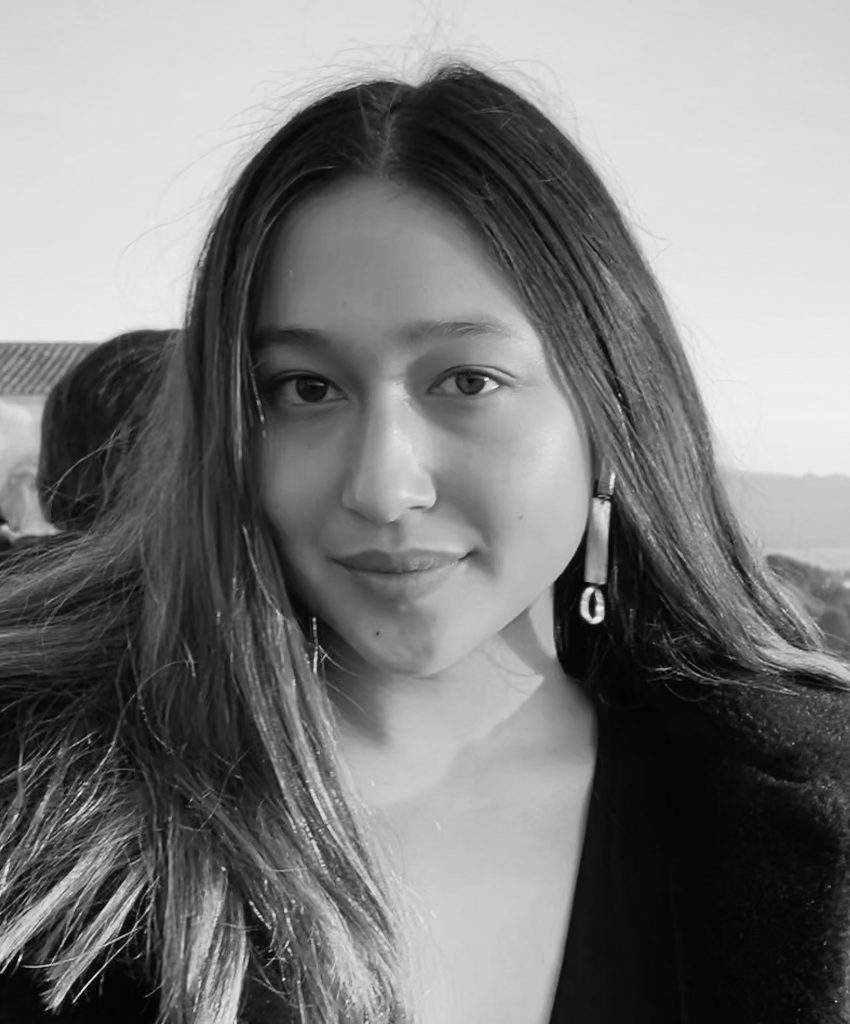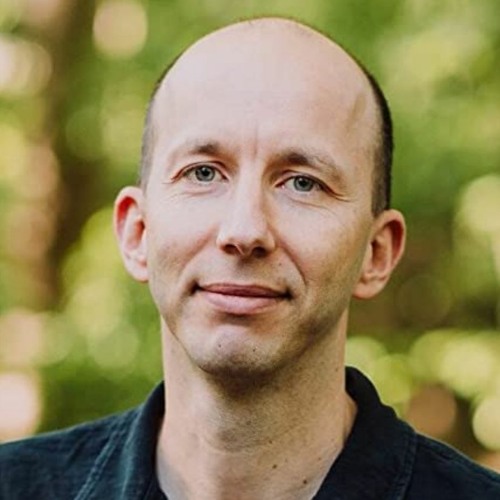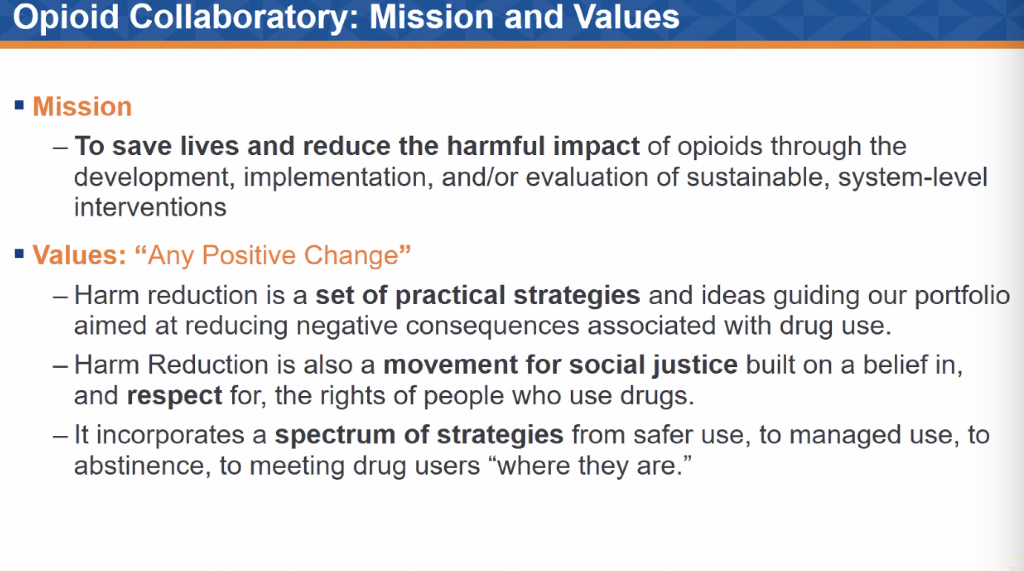Chances are, you’ve heard about survival of the fittest. But what about survival of the friendliest? While we often think that the strongest, meanest, and most powerful organisms often prevail as the most fit, it seems that friendship bears the real evolutionary winners.
Brian Hare (Ph.D.) and Vanessa Woods (M.SciComm) are the researcher and co-author duo responsible for shaping this idea in their latest book, Survival of the Friendliest. On top of this extensive collaboration, the pair also happen to be married. The two discussed their work at an event series hosted by Duke Alumni Forever Learning Institute Wednesday, April 21st and Thursday, April 22nd. Hare is a Professor of Evolutionary Anthropology, Psychology, and Neuroscience at Duke and a core member of the Center for Cognitive Neuroscience. Woods is the Director of the Duke Puppy Kindergarten, as well as a writer and journalist.

In the history of evolution, friendliness often proceeds unusual evolutionary success, meaning that friendly species prevail over time. Hare and Woods are uncovering critical factors for why this pattern emerges in their research. For the context of their work, Woods defined friendliness as anything that is mutually beneficial between organisms. Their questions and investigation were first centered around dogs.
“Where did dogs come from?” Hare said. This poses a really “fascinating evolutionary problem.” Prior research shows that dogs first originated 15,000-25,000 years ago, delineated from wolves. But why? Dogs have become one of the “top two or three most successful animals,” while wolves have nearly gone extinct.
The answer to their evolution and their success is found in friendliness. “Dogs have remarkable social genius,” Hare said, they are able to understand communicative gestures and in return communicate with humans in a way that not even one of our closet genetic relatives, the Bonobo, can. This evolutionary selection for friendliness drove the stark contrasts seen between dogs and wolves today, fundamentally changing dogs’ physical shapes and forms along with their psychology. The same pattern of genetic inheritance encoding for inclination to cooperate also changes much of a species morphology in signature ways.

Hare and Woods ventured to Siberia to analyze the findings of an experiment pertaining to fox behavior that has been ongoing since it was first set up by a Russian geneticist in 1959. One group of foxes has experienced randomly selected mating, while the other group of foxes has been artificially shaped by manmade selection for the friendliest foxes.
When they compared the long-term results of decades separate population changes, Hare and Woods found the friendlier foxes had shorter faces, different colorations, curlier tails, and smaller canines. These are the same factors used by archaeologists to distinguish dogs from wolves. The morphological and physiological changes for niceness are synonymous across the two species.

They have also found a similar pattern in humans. Our species as not alone on the planet when it first evolved, said Hare: We shared the planet with approximately four other Hominids who also had big brains, cultural artifacts, and linguistic abilities like we do. “There had to be something in addition to those traits that allowed our species to survive while others went extinct.” He proposes survival of the friendliness and the development of different physical characteristics.
In a study comparing modern humans to archaic ones, Hare and Woods found that modern humans have traits like much smaller brow ridges and narrower, shorter faces – what you would expect to see, based on the fox model from their work in Siberia that also helped explain the evolution of dogs. Our white sclera – the white part of your eye – acts as our “curly tail.” The white tissue likely has been selected for with the development of our other friendly features, as we are the only primate whose sclera is light, which makes communication by glance easier.

If we are the friendliest, Woods asked, then why are we capable of such cruelty and malice? Even though we are extremely friendly to in-group strangers, when our in-group is threatened, we are prepared to defend them against out-group strangers.
“We are all capable of dehumanization when we feel that the group that we love … is threatened,” Woods said. This is a model they are referring to as the mother bear hypothesis: A mother bear is most patient when she is dealing with her cubs, but most angry when another organism threatens her offspring.
The number one predictor of dehumanization is the feeling that your own group or identity is being dehumanized, and in those moments, the same part of the brain that enables cooperative communication shuts down and is dampened.
The duo cited cross-group friendships, democracy, and our perception of other animals as important factors for offsetting dehumanization in the human species. Cross-group friendships provide a bridge of empathy, democracy contributes to collective group identity and decisions, and our perceptions of other animals limit dehumanization when we have an ecological view of our relation to other species rather than a top-down, human-centric approach.

“You have to understand what was wrong about the past but not blind yourself to what you do find,” Woods said when asked about the dark history of morphology-based pseudo-sciences that prompted racial persecutions. This is something that the pair reckons with for a whole chapter in their book.
“You can see in our faces the faces of friendliness,” Hare said.
May we all lean into this niceness after encountering Hare and Woods work. It’s gotten us this far, and it seems particularly vital for our collective future.

Post by Cydney Livingston
















